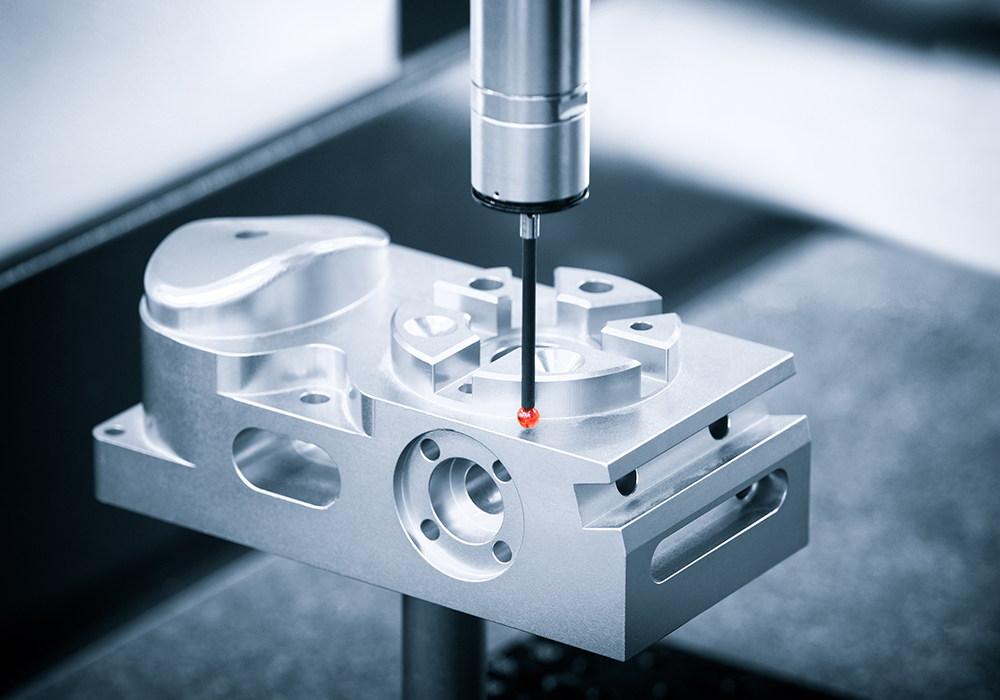
By: Nishant Kashyap
In the intricate machinery that powers our world, from the smallest clockwork devices to the largest industrial behemoths, gears are the unsung heroes, quietly and efficiently transmitting motion and power. However, their seemingly simple role conceals a complex and crucial responsibility. In a wide array of industries, such as automotive, aerospace, manufacturing, and energy, the reliability and performance of gears are paramount. These precision components, often subjected to tremendous stresses and loads, form the backbone of countless mechanical systems. The importance of gear quality assurance cannot be overstated, as even the smallest imperfections can lead to catastrophic failures.
In today’s world when quality and accuracy has become paramount important, advanced inspection technologies play an important role to ensure the integrity and precision of gears.
Key Challenges in Gear Quality Assurance:
Identifying the key challenges in gear quality assurance is crucial to understanding why advanced inspection methods are necessary. Here are some common challenges and issues faced:
By addressing these challenges with advanced inspection technologies, gear manufacturers can enhance product quality, reduce scrap rates, and improve overall reliability and performance, ensuring that the gears they produce meet the demanding requirements of various industries.
Advanced Inspection Technologies:
Advanced inspection technologies serve a specific purpose in ensuring the quality and reliability of gears. Manufacturers choose the most appropriate technology or combination of technologies based on the type of gears being produced, the level of precision required, and the industry standards and regulations that apply. Here’s an overview of various advanced inspection technologies used for gear quality assurance, along with explanations of how each technology works:
The goal is to identify defects or deviations early in the manufacturing process to prevent costly failures and ensure the gears meet their intended performance specifications
Benefits of Advanced Inspection Technologies:
Advanced inspection technologies offer a multitude of benefits that play a pivotal role in enhancing gear quality assurance across various industries. These advantages encompass accuracy, speed, repeatability, and cost-effectiveness, making them indispensable tools for manufacturers.
First and foremost, advanced inspection technologies provide unparalleled accuracy in measuring critical gear parameters. Technologies like CMMs and optical measurement systems can precisely capture intricate gear geometries and dimensions, ensuring compliance with stringent tolerances. This level of accuracy is imperative, particularly in industries such as aerospace and automotive, where gear performance can significantly impact safety and efficiency. Moreover, the speed at which these technologies operate is a game-changer in modern manufacturing. Traditional inspection methods often involve time-consuming manual processes, but advanced inspection technologies offer rapid assessment capabilities.
The repeatability of advanced inspection methods is another crucial advantage. These technologies can consistently reproduce measurements and analyses, eliminating human error and ensuring consistent gear quality throughout production runs. This reliability is invaluable in maintaining gear integrity and reliability across large-scale manufacturing operations. Perhaps most compellingly, advanced inspection technologies contribute to substantial cost-effectiveness. While the initial investment in these technologies may seem significant, they result in substantial long-term savings. By identifying defects early in the manufacturing process, these methods reduce scrap rates and rework, minimizing waste and associated costs. Additionally, their ability to prevent the production of subpar gears helps avoid costly recalls and potential liabilities, safeguarding a company’s reputation and bottom line.
Furthermore, the advantages of advanced inspection methods extend beyond cost savings to encompass the very essence of quality assurance. By detecting defects such as surface imperfections, material inconsistencies, and structural issues, these technologies play a pivotal role in enhancing overall gear quality. Gears subjected to advanced inspection are more reliable, durable, and capable of meeting the rigorous demands of modern industries. In essence, advanced inspection technologies serve as the guardians of gear integrity, ensuring that these vital components deliver top-tier performance and safety across the diverse spectrum of applications they serve.
Future Trends and Innovations:
In the ever-evolving landscape of gear manufacturing, staying at the forefront of inspection technologies is imperative for ensuring the continued excellence of gear quality assurance. Emerging trends and innovations are reshaping this field, with automation, artificial intelligence (AI), and Industry 4.0 technologies taking center stage. Automation is streamlining inspection processes, reducing human intervention, and increasing the speed and consistency of inspections. AI, coupled with machine learning algorithms, is revolutionizing defect detection by enabling systems to learn from vast datasets, improving the accuracy of gear inspections and predictive maintenance. Furthermore, Industry 4.0’s integration of data analytics, the Industrial Internet of Things (IIoT), and smart manufacturing practices is ushering in an era of real-time monitoring and data-driven decision-making, allowing manufacturers to proactively address issues before they become critical.
In conclusion, the importance of advanced inspection methods in the gear manufacturing industry cannot be overstated. These technologies offer unparalleled accuracy, speed, repeatability, and cost-effectiveness, playing a pivotal role in detecting defects, reducing scrap rates, and elevating overall gear quality. As we look to the future, the rapid advancements in automation, AI, and Industry 4.0 will further enhance the capabilities of gear quality assurance, ushering in an era of smarter, more efficient, and more predictive inspection processes. To remain competitive and meet the ever-increasing demands of industries such as aerospace, automotive, and renewable energy, gear manufacturers must stay updated with these cutting-edge developments. Embracing these emerging trends and technologies will not only ensure the continued reliability and performance of gears but also drive innovation and excellence in the gear manufacturing industry.